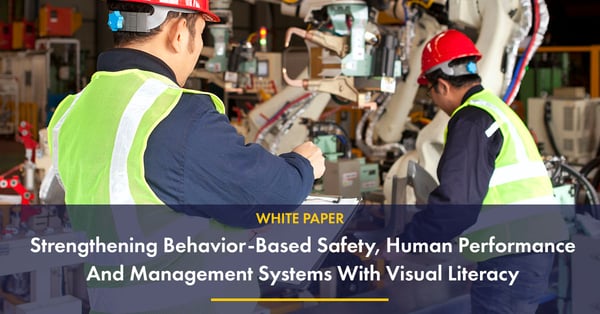A selection of papers and articles from our partner organizations and COVE thought leaders





What is it about workplace safety and health that inspires professionals?
This ebook shares the emotional passion and vision that drives the COVE team – and fellow EHS pros who care about their people and will do whatever it takes to protect them. It also provides a new framework to processing visual information more efficiently, a method to see better: to identify, interpret and interact with your environment based on accurate visual information.







This paper is a brief summary of what Visual Literacy is and how it can benefit occupational safety. Additionally, it includes an outline of a research project that involves the Campbell Institute, its members and partners, COVE, and the Toledo Museum of Art.
Editor for ISHN, Dave Johnson, talks about the benefits of Visual Literacy in safety and how it's application extends beyond recognizing, prioritizing and fixing hazards. Visual Literacy teaches us skills that can help reduce errors, identify gaps in our safety program, improve observations such as used in behavior-based safety, increase employee engagement, and improve incident analyses.
